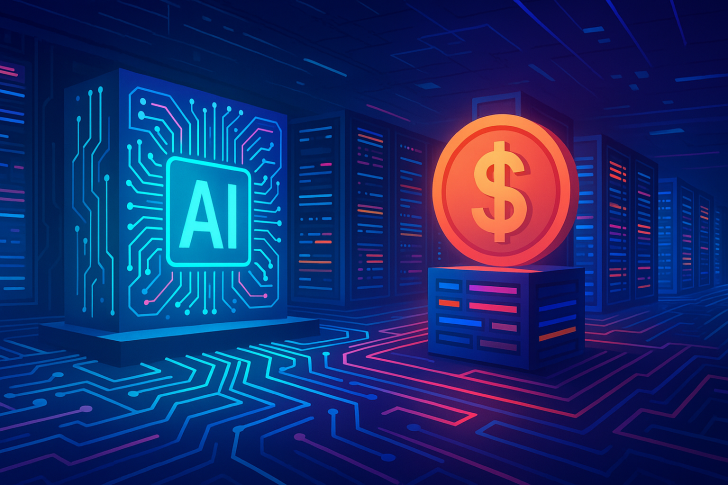⬤ JPMorgan's recent analysis reveals that building AI data centers could require $5-7 trillion over the next five years, making this the largest infrastructure challenge in modern financial history. The return on investment looks daunting: generating a 10% return through 2030 would need roughly $650 billion in annual revenue forever—equivalent to charging every iPhone user $34.72 per month. This comparison shows just how much revenue is needed to justify the spending.

⬤ The proposed funding mix includes $1.5 trillion from investment-grade bonds, $150 billion from leveraged finance, and $40 billion yearly from data-center securitizations. Even running these channels at full capacity leaves a $1.4 trillion shortfall. This gap threatens smaller operators with potential bankruptcy, delays construction timelines, and intensifies competition for engineering talent as weaker firms struggle to secure financing.
⬤ Tax policy will play a decisive role in closing the funding gap. Unfavorable tax changes could increase project costs and trigger talent flight, stalled projects, and financing stress. Better tax incentives, however, could unlock more capital and ease pressure on private credit markets. These policy choices will determine whether the AI buildout stays sustainable or hits a wall.
⬤ Even with optimal execution, how AI revenue gets distributed among corporations, governments, and consumers remains unclear. With trillions on the line, the economics will create clear winners and losers as infrastructure costs clash with debt markets, tax structures, and productivity expectations.
 Marina Lyubimova
Marina Lyubimova

 Marina Lyubimova
Marina Lyubimova


